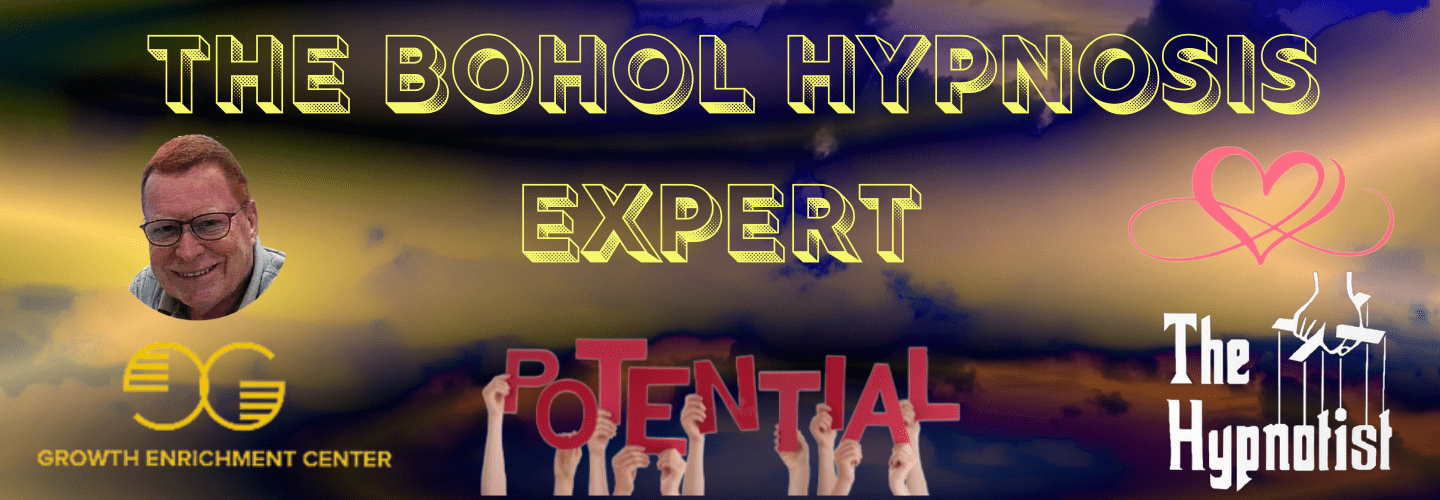
Hypnosis and Neuro-Linguistic Programming (NLP) provide robust mechanisms to dismantle entrenched fears and reshape negative thought patterns. By accessing the subconscious and altering perceptions, these techniques enhance one's ability to manage anxiety and phobias effectively. Professionals skilled in these methods tailor interventions that offer relief and empower individuals with tools for self-improvement. Exploring further, one may uncover additional strategies to maintain a resilient and confident mindset in overcoming fears.
Key Takeaways
- Hypnosis accesses the subconscious to identify and modify the root causes of fears and phobias effectively.
- NLP techniques like reframing and anchoring transform negative perceptions and associate calmness with fear triggers.
- Combining hypnosis with NLP creates a synergistic effect, enhancing the effectiveness of fear resolution strategies.
- Regular practice of visualization and positive self-talk through NLP strengthens mental resilience against fear.
- Seeking guidance from qualified practitioners and engaging in workshops accelerates proficiency in using these techniques for overcoming fears.
Understanding the Nature of Fear and Phobias
Fear, a primal human response, activates the body's fight-or-flight mechanism when confronted with perceived threats, preparing an individual for potential danger.
Understanding the origins and triggers of these fears and phobias is essential. Phobias often stem from a combination of genetic disposition, personal experiences, and environmental factors.
Identifying specific fear triggers can be complex as they frequently link to deep-seated memories or experiences that may not be immediately apparent.
This profound insight helps professionals tailor interventions that address the irrational and disproportionate anxiety that phobias generate, thereby aiding individuals in managing their reactions and improving their quality of life.
Basics of Hypnosis for Fear Resolution
Hypnosis frequently serves as a powerful tool in resolving fears and phobias, exploring deep into the subconscious mind where many of these fears are harbored. Contrary to common hypnosis myths, the practice does not involve mind control, but rather a guided relaxation that allows individuals to explore and address their fear triggers. By bypassing the critical conscious mind, hypnosis facilitates a deeper understanding and reprogramming of fear-based responses.
| Aspect | Detail | Impact on Fear Resolution |
|---|---|---|
| Subconscious Access | Examine deep-seated beliefs | Directly address hidden fears |
| Relaxation State | Induces calm and receptive mode | Enhances openness to change |
| Reprogramming | Alter fear-based neural pathways | Long-term fear management |
| Safety Perception | Build a secure internal environment | Reduces anxiety and stress |
This method offers a profound shift in the perception of and reaction to fears.
How NLP Techniques Address Phobias

Neuro-Linguistic Programming (NLP) offers a dynamic approach to tackling phobias by focusing on how individuals code, process, and reproduce their experiences.
Here are key NLP strategies:
- NLP Reframing Techniques: Alters the perception of fear-inducing events, diminishing their emotional impact.
- Anchoring Positive Experiences: Associates calm, positive feelings with situations that typically trigger phobias.
- Visualization for Phobias: Employs mental rehearsals to lessen phobic reactions by imagining oneself successfully managing fear.
- Empowering Self Talk Techniques: Encourages constructive inner dialogues to boost confidence and control over phobic responses.
These methods collectively foster resilience, emotional freedom, and a heightened sense of personal empowerment.
The Synergy of Hypnosis and NLP in Therapy
Many individuals seeking relief from deep-seated fears and phobias have found a powerful ally in the combination of hypnosis and Neuro-Linguistic Programming (NLP).
Hypnosis benefits include accessing the subconscious mind to uncover and modify the foundational beliefs that perpetuate fear.
Concurrently, NLP applications enhance this process by providing techniques to reframe and redirect negative thought patterns into more positive, empowering alternatives.
Together, these therapies create a dynamic, synergistic effect, optimizing the therapeutic experience and facilitating significant, lasting change.
This integration not only accelerates the healing process but also equips individuals with tools for ongoing self-improvement.
Practical Steps to Begin Hypnosis and NLP

To initiate the journey towards mastering hypnosis and Neuro-Linguistic Programming (NLP), interested individuals should first seek a foundational understanding of both practices.
Here are critical steps to get started:
- Educate Yourself: Read books and online resources about NLP exercises and self-hypnosis techniques.
- Find a Mentor: Look for a qualified practitioner who can provide guidance and training.
- Attend Workshops: Participate in workshops to practice skills in a supportive environment.
- Practice Regularly: Consistently apply NLP exercises and self-hypnosis techniques to build proficiency and confidence in using these transformative tools effectively.
Overcoming Common Hesitations and Misconceptions
Why do some individuals hesitate to try hypnosis or NLP? Common fears often stem from pervasive therapy myths, such as the notion that these techniques involve losing control or being manipulated.
In reality, both hypnosis and NLP are grounded in enhancing self-awareness and personal empowerment. Misconceptions may also arise from sensationalized media portrayals, which do not accurately reflect the professional and therapeutic nature of these practices.
Real-Life Success Stories of Fear Conquest

Real-life success stories of fear conquest through hypnosis, EFT, and NLP offer compelling evidence of their effectiveness.
Personal transformations are both inspiring and affirming.
Consider these notable cases:
- Anna Overcomes Flying Phobia: After NLP sessions, Anna now travels globally, anxiety-free.
- Mark Conquers Public Speaking Fear: Hypnosis enabled Mark to speak confidently at international conferences.
- Julia Eliminates Spider Phobia: EFT sessions helped Julia to finally visit rainforests.
- Tom Resolves PTSD Issues: A combination of these techniques allowed Tom to lead a peaceful, fear-free life.
These examples underscore the transformative power of integrating hypnosis, EFT, and NLP in overcoming deep-seated fears.
Techniques for Deepening the Impact of Hypnosis
Enhancing the efficacy of hypnosis involves employing specific techniques that deepen its impact, allowing individuals to access more profound levels of the subconscious mind.
An essential approach includes intensifying hypnotic suggestions tailored to resonate deeply with a person's inner beliefs and fears. This method of subconscious reprogramming not only alters negative thought patterns but also embeds new, empowering beliefs.
NLP Strategies for Sustained Confidence

Neuro-Linguistic Programming (NLP) offers robust strategies for building and maintaining confidence, essential for personal and professional success.
By utilizing specific NLP techniques, individuals can greatly enhance their self-assurance.
Key NLP Strategies for Sustained Confidence:
- Establish Clear Goals: Set achievable, clear objectives to foster a sense of accomplishment.
- Use NLP Anchoring Techniques: Anchor positive emotions to specific triggers, reinforcing confidence in challenging situations.
- Practice Confidence Visualization Methods: Regularly visualize successful outcomes to build mental and emotional resilience.
- Reframe Negative Thoughts: Actively reprogram the mind to interpret challenges as opportunities, boosting inherent confidence.
Moving Forward: Maintaining Fear-Free Living
Achieving a fear-free lifestyle is a dynamic process that involves continuous self-awareness and dedication. Individuals must engage in regular fear management and develop emotional resilience. Mindfulness practices and positive affirmations aid in cultivating a balanced mindset, while strong support networks provide necessary encouragement. Effective goal setting, coupled with consistent self-care routines, promotes overall well-being. Stress reduction is essential, and can be achieved through mindfulness and relaxation techniques. Visualization exercises enhance personal empowerment, helping to manifest fear-free living. Here's a helpful guide:
| Strategy | Technique |
|---|---|
| Mindfulness Practices | Daily meditation sessions |
| Positive Affirmations | Morning affirmation recitations |
| Support Networks | Regular meet-ups or calls |
| Self Care Routines | Weekly self-planned activities |
| Visualization Exercises | Visualizing success scenarios |
Embrace these tools to maintain a robust, fear-free life.
Frequently Asked Questions
How Quickly Do People Generally See Results With NLP?
The speed of results from NLP varies by individual, with some experiencing fast results. NLP's effectiveness depends on personal commitment and the complexity of the issues addressed. Typically, notable changes are observed within a few sessions.
Can These Therapies Help With Non-Phobia-Related Anxieties?
These therapies, including hypnosis and NLP, are effective for anxiety management and stress reduction, addressing not only phobias but also general anxieties, promoting relaxation and enhancing coping strategies in daily life.
Are There Age Restrictions for Undergoing Hypnosis?
Opening Pandora's box on hypnosis regulations reveals age considerations are pivotal. Generally, no strict age restrictions apply, but suitability often depends on the child's capacity to understand and engage with the hypnotic process.
How Does One Prepare Mentally for a Hypnosis Session?
To prepare mentally for a hypnosis session, one should set clear session expectations, foster mental readiness, practice relaxation techniques, and maintain an open, receptive mindset to fully engage with the therapeutic process.
Can Hypnosis Exacerbate Certain Psychological Conditions?
Like walking on thin ice, hypnosis can exacerbate certain psychological conditions. It's crucial to perform a thorough psychological assessment to understand hypnosis limitations and guarantee the safety and efficacy of the intervention.
Conclusion
As serendipity would have it, just as the sun dispels the dark, the integration of Hypnosis and NLP in therapy shines a light on the path to mastering one's fears. This union not only offers immediate relief but also paves the way for sustained emotional resilience and confidence. Embracing these techniques can transform fear into a stepping stone towards personal empowerment and fulfillment, marking a profound shift from a life limited by fear to one enriched with limitless possibilities.





